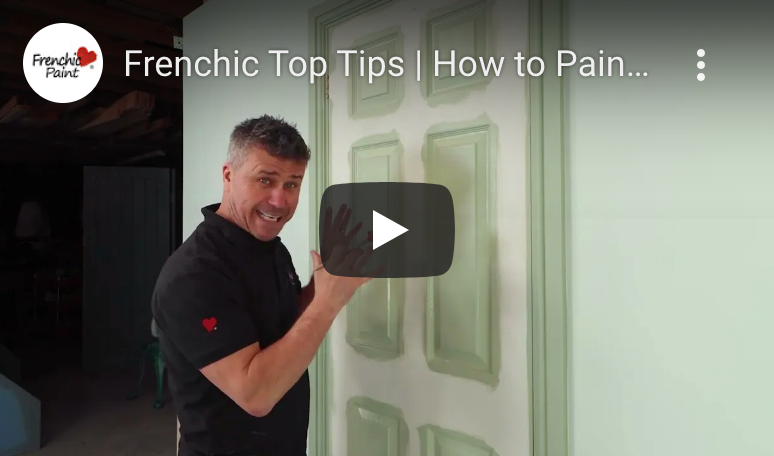How to Paint a Staircase
Staircase spindles and bannisters are some of the trickier DIY projects, as they tend to have several fiddly sections. However, refreshing this spot with a lick of paint doesn’t have to be challenging.
In this guide, we’ll explore how easy and affordable it is with some pointers to get the perfect finish.
What you’ll need
- Sugar Soap
- Sandpaper
- Dust mask
- Dust sheets
- Masking tape
- Paintbrush
- Paint (Craig uses Greyhound, Al Fresco range paint)
- Paint sprayer (optional)
Prepping the surfaces
Like any DIY job, preparation is essential to get the best results. If your staircase is already painted, for example, wash it with Sugar Soap to clean the surface thoroughly. Afterwards, wipe it and dry it with a tissue.
Sanding is another important step. Use light sandpaper to remove any old flaky paint so you create a smooth area to paint. As many staircase spindles and bannisters have curved edges and decorative features, be sure to get into all the nooks.
If you spot any imperfections or gaps, use filler to plug them and sand flat. Once you’re ready to paint, be sure to lay down some dust sheets to protect your carpets or flooring around the area you’re painting.
Prepare the paint
For ease of application, Craig uses two methods in the video above – a paintbrush and a paint sprayer. Each of these requires slightly different paint preparation.
First up, applying with a brush is super simple. Just open up your paint and give it a good stir, and then you’re ready to go.
As Craig explains in the video, Al Fresco paint is a little too thick directly out of the tin for a paint sprayer. So, in the paint reservoir, add 10% water, fill the rest with paint and stir it. Don’t forget to keep enough in the tin for your brush application.
Masking up
If you’re a pro at ‘cutting in’, simply masking the area against the wall will give you enough protection for any mishaps. However, if you’re spraying paint, expect it to splat the walls if you haven’t masked up.
In this instance, use polythene sheets to cover your walls and carpets. In the video, Craig uses a sheet complete with masking tape already attached. This makes it super simple and quick to coat everything well before painting.
Painting your staircase
Once you’re masked up, you’re ready to start painting. Begin with a large paintbrush and work your way across the spindles and handrail. If you use the brush to cover the entire staircase, you’ll need two coats for the best finish. However, three coats are recommended if you’re applying with a paint sprayer.
Paint spraying spindles can be tricky, as you need to make sure you don’t miss any spots. As demonstrated by Craig, start by spraying the left-hand side, move to the middle to cover the front, and then spray the right side before moving around to the back.
If you’ve noticed brush marks, don’t worry. After the first coat has dried (it takes around two hours), lightly sand the surfaces again and apply your second coat. This will cover any brush strokes for a smooth finish.
Choosing the right paint for your staircase
While painting your staircase can be tricky, choosing the best paint doesn’t have to be. Our Al Fresco range can be used indoors and outdoors and is durable and hardwearing. What’s more, it’s self-priming, so you don’t need to worry about using an undercoat before you start. Alternatively, the Lazy Range offers the same qualities for indoor-only use with a different selection of colours.








